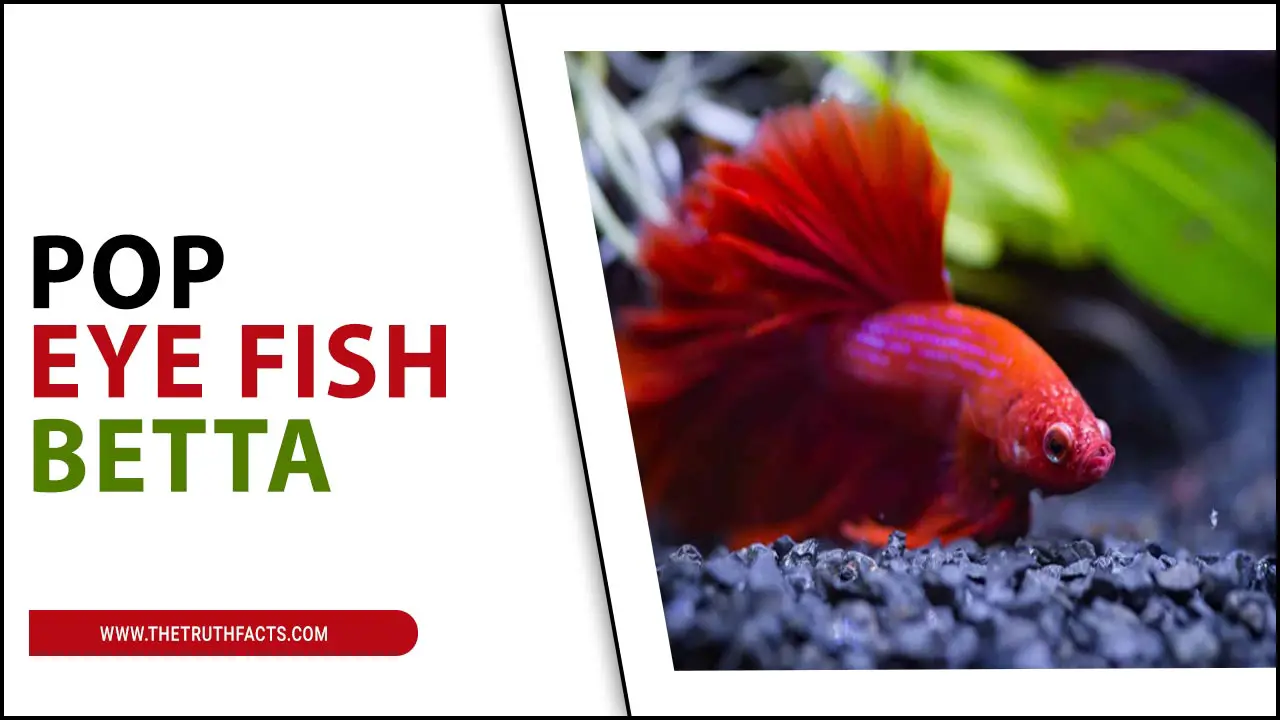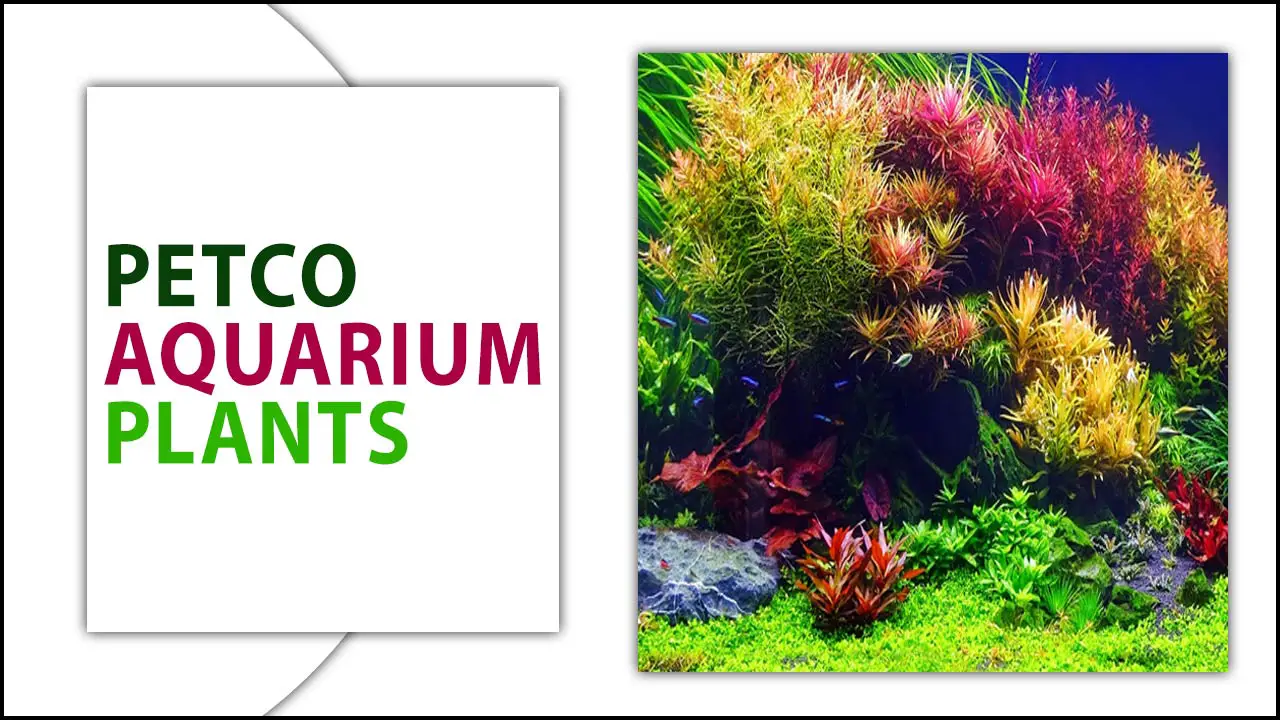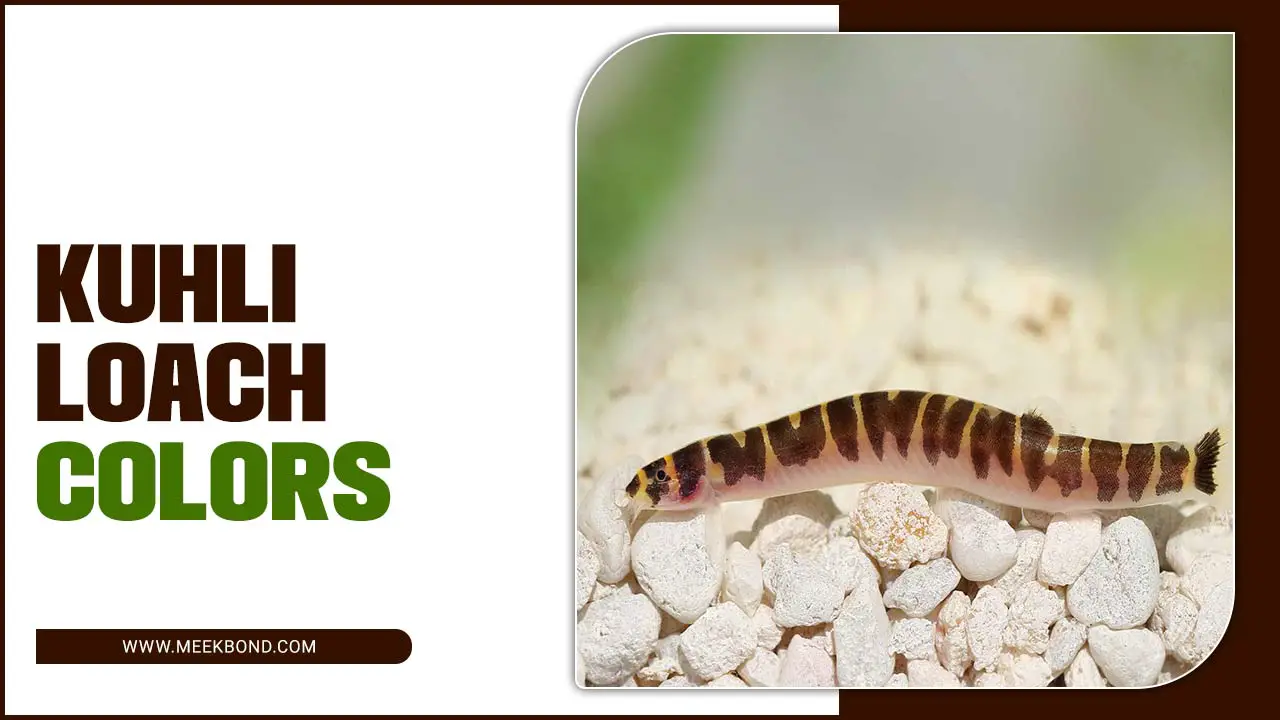The gold skirt tetra, also known as the golden pristella tetra, is a beautiful and vibrant freshwater fish popular among aquarium enthusiasts. With its bright golden coloration and flowing fins, it adds a touch of elegance to any tank.
We will cover everything you need about caring for Gold-Skirt Tetras. We have covered you from their origin and identifying characteristics to their ideal tankmates and dietary needs.
Also, We will delve deeper into breeding techniques, potential health issues, and how to differentiate male from female Gold-Skirt Tetras. And if you are wondering about the risks associated with artificially dyed fish, we have answers. So sit back, relax, and let’s dive into the world of Gold-Skirt Tetras.
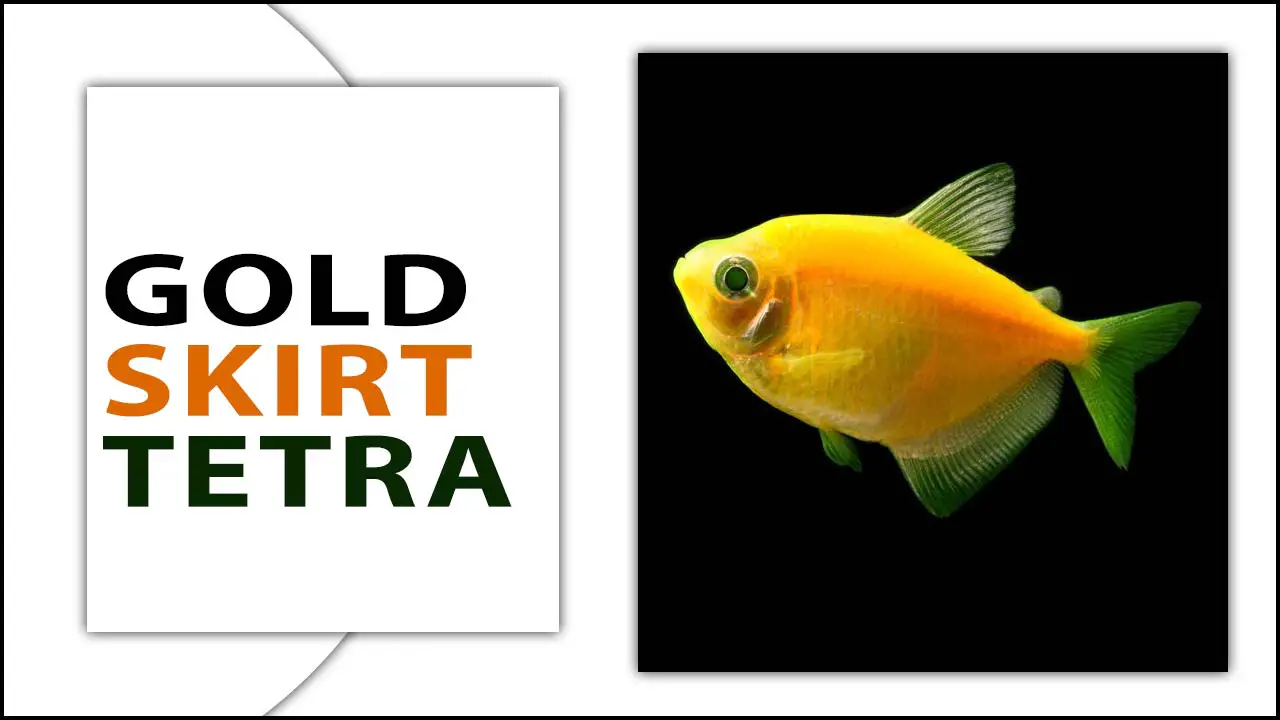
An Overview Of Gold Skirt Tetra
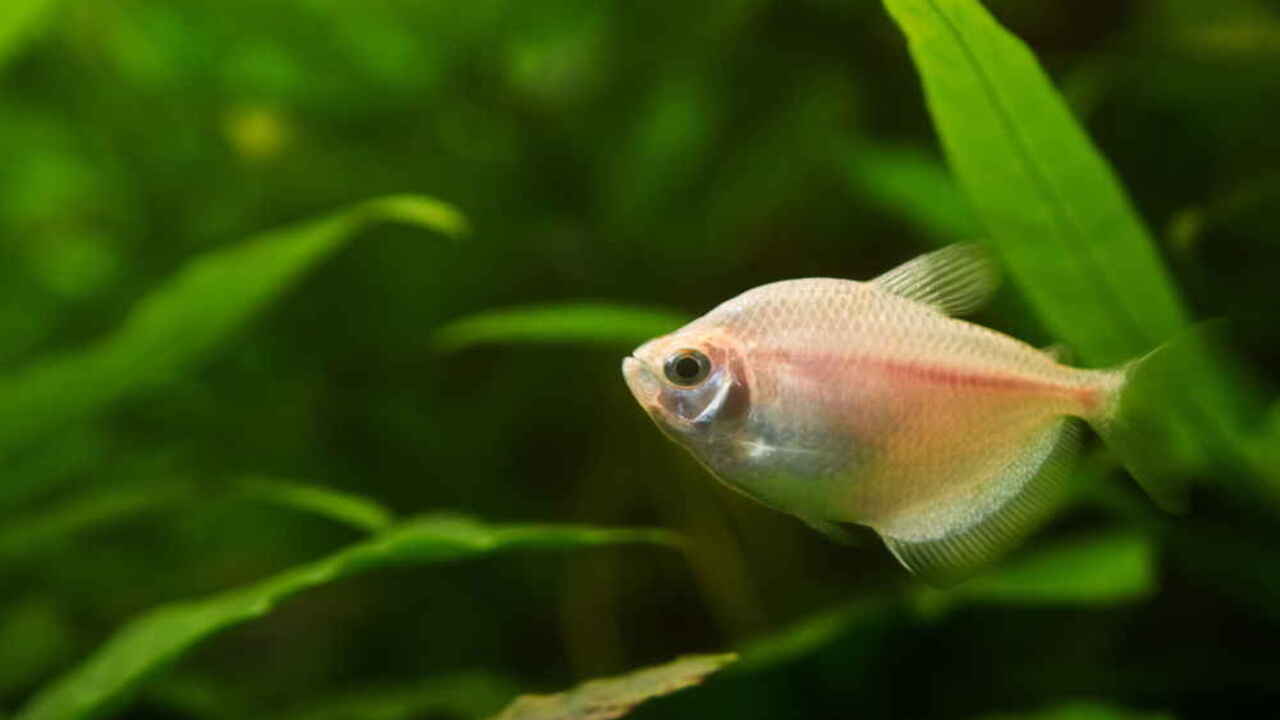
Gold Skirt Tetras, or Gymnocorymbus ternetzi, are peaceful freshwater fish that make excellent community fish. They prefer soft, slightly acidic water with a pH range of 6.5-7.5 and should be handy in a minimum tank size of 20 gallons.
These small fish are peaceful and can live harmoniously with non-aggressive tankmates. To maintain their health, provide them with a varied diet of high-quality flakes, pellets, and frozen food. Regular water changes and proper filtration are essential for creating an optimal environment for Gold-Skirt Tetras.
The Origin And Distribution Of Gold-Skirt Tetra
Gold-Skirt Tetras originate from the Amazon River basin in South America. These beautiful fish are typically found in slow-moving waters with dense vegetation and dark substrate. Due to their peaceful temperament, Gold-Skirt Tetras are often kept in community aquariums. They can live for 3-5 years with proper care and grow up to 3 inches long. It is essential to maintain suitable water quality, provide a balanced diet, and create the ideal tank environment for their health.
Identifying Characteristics Of Gold-Skirt Tetra
Gold-Skirt Tetra stands out with its bright gold stripe along the body, adding a touch of elegance to any aquarium. These small, peaceful, active fish thrive in groups and prefer a planted tank with plenty of hiding spots. To ensure their well-being, maintain proper water temperature and pH levels. Gold-Skirt Tetras are a beautiful addition to any freshwater aquarium, and their health can be maintained through regular feeding and maintenance.
Colors And Markings Of Gold-Skirt Tetra
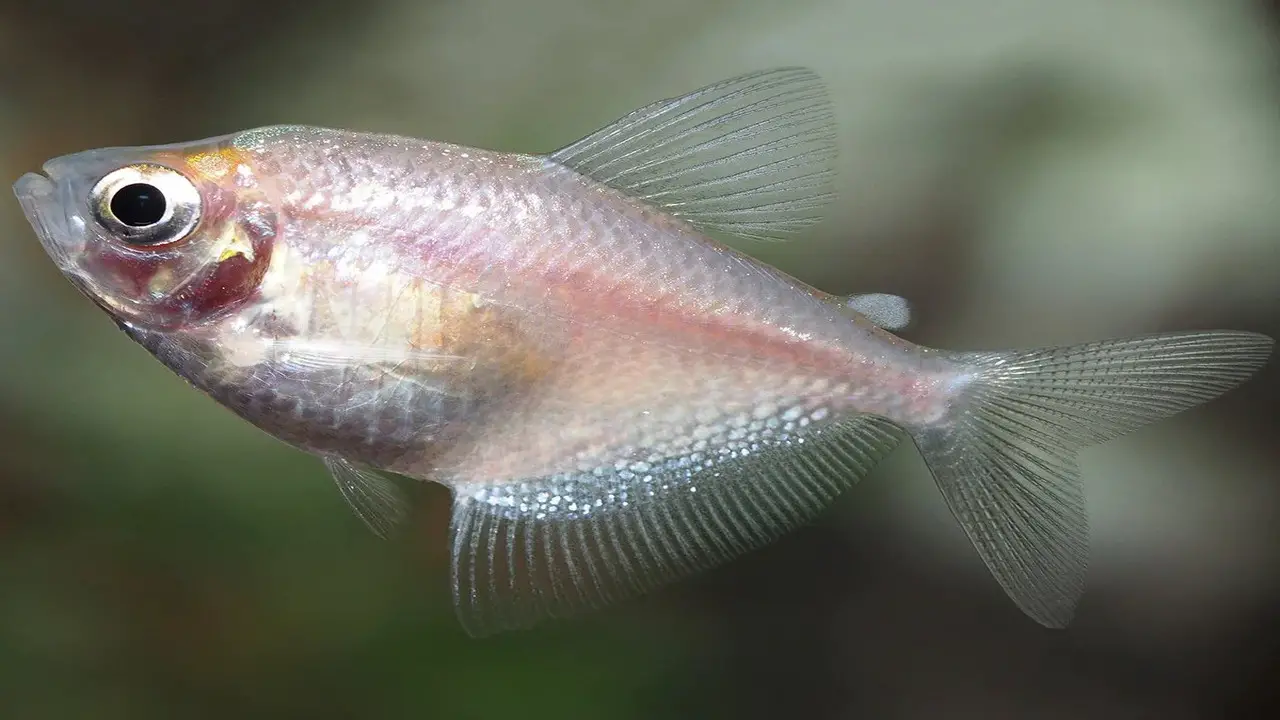
Gold-Skirt Tetras are known for their distinctive metallic gold stripe that runs along their sides. Additionally, they have a black band on the edges of their fins and a silver belly. The intensity of their gold coloration can vary depending on factors like diet and lighting conditions.
It’s worth noting that these captivating fish can also exhibit variations in color, such as albino and orange variations. By providing a healthy and varied diet, you can enhance the vibrancy of their colors.
Detailed Care Guide For Gold-Skirt Tetra
Gold-Skirt Tetra is a social species that flourishes in schools of at least six individuals and requires a minimum tank size of 20 gallons. Their diet should include high-quality flake, pellet food, and live or frozen treats. Maintaining appropriate water quality with a temperature range of 72-82°F and pH between 6.5-7.5 is imperative, which is suitable for their optimum growth and health.
Regular water changes and tank maintenance are necessary to prevent disease and keep these fish healthy, as they are susceptible to infection if not cared for properly. Keeping the aquarium clean by removing uneaten food, dead plants, and debris can help reduce the risk of illness. Additionally, adding live plants can provide natural hiding places for the fish and improve water quality by absorbing excess nutrients and producing oxygen.
Ideal Tankmates For Gold-Skirt Tetra
Gold-Skirt Tetras are known for their peaceful and sociable nature that thrives when kept in groups of five or more. They get along well with non-aggressive species such as Corydoras and Neon Tetras, but it is best to avoid pairing them with fin-nipping or aggressive fish like Tiger Barbs or Cichlids.
These tetras prefer aquariums planted with hiding spots and open swimming spaces. Maintaining a clean, well-filtered tank is crucial to ensure the health of the Gold-Skirt Tetras and their tankmates. Regular water changes, appropriate water temperature, and proper feeding habits can also contribute to a healthy environment for these fish.
Gold-Skirt Tetras have a distinctive appearance characterized by their golden-tinted scales and black stripes near their tail fins. They are relatively easy to care for and adapt well to different water conditions. Adding them to your aquarium can add a touch of color and liveliness while providing a peaceful fish community.
Habitat Requirements For Gold-Skirt Tetra
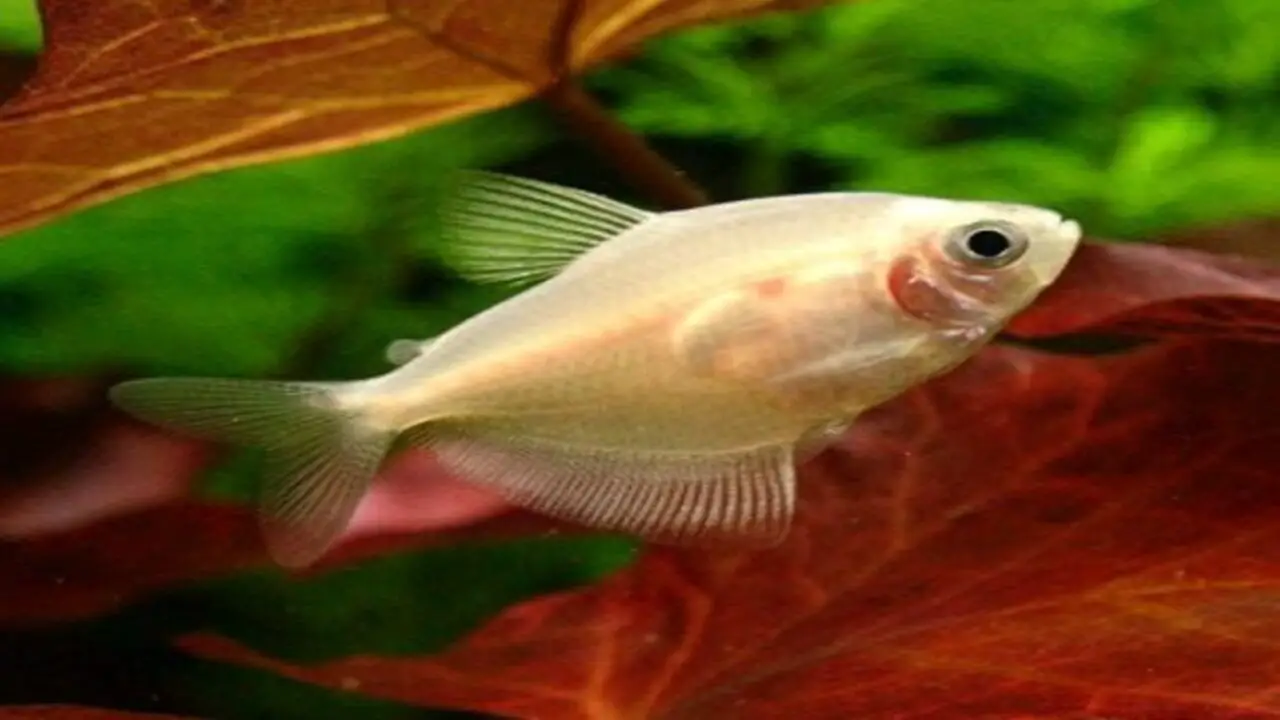
Gold-Skirt Tetras are popular fish that require specific conditions to thrive in an aquarium. To create an ideal habitat for them, one must provide ample hiding spots and a well-filtered environment. Gold-Skirt Tetras prefer soft, acidic water with a temperature range of 72-78°F. Adding live plants, rocks, and driftwood to their aquarium can also enhance their well-being.
Since they are social fish, they enjoy swimming with other species and make excellent additions to community tanks. Regular water changes and maintenance are essential to maintain the cleanliness and health of their environment. Keeping these factors in mind while creating their habitat can help ensure the longevity of your Gold-Skirt Tetras.
Understanding The Dietary Needs Of Gold Skirt- Tetra
Gold-Skirt Tetras, native to South America, have omnivorous dietary needs. They require a balanced diet consisting of both plant and animal-based foods. To meet these needs, offer a variety of foods such as flakes, pellets, and live or frozen options like brine shrimp or bloodworms.
Additionally, supplement their diet with fresh vegetables like spinach or zucchini for added nutrition. It’s important to avoid overfeeding and vary their diet to prevent nutritional deficiencies. Adjust their feeding schedule according to their size and age.
How To Differentiate Male From Female Gold Skirt -Tetra?
Identifying the gender of Gold-Skirt Tetras can be tricky as there are slight physical differences between males and females. Typically, males are smaller and more slender than females, who tend to have a rounder belly.
During the breeding season, males may display brighter colors and longer fins, making it easier to distinguish them from females. However, close observation is still necessary to accurately determine their gender as these differences can be subtle. It’s essential to understand the sex of your fish to ensure proper care and breeding practices.
Breeding Techniques For Gold-Skirt Tetra
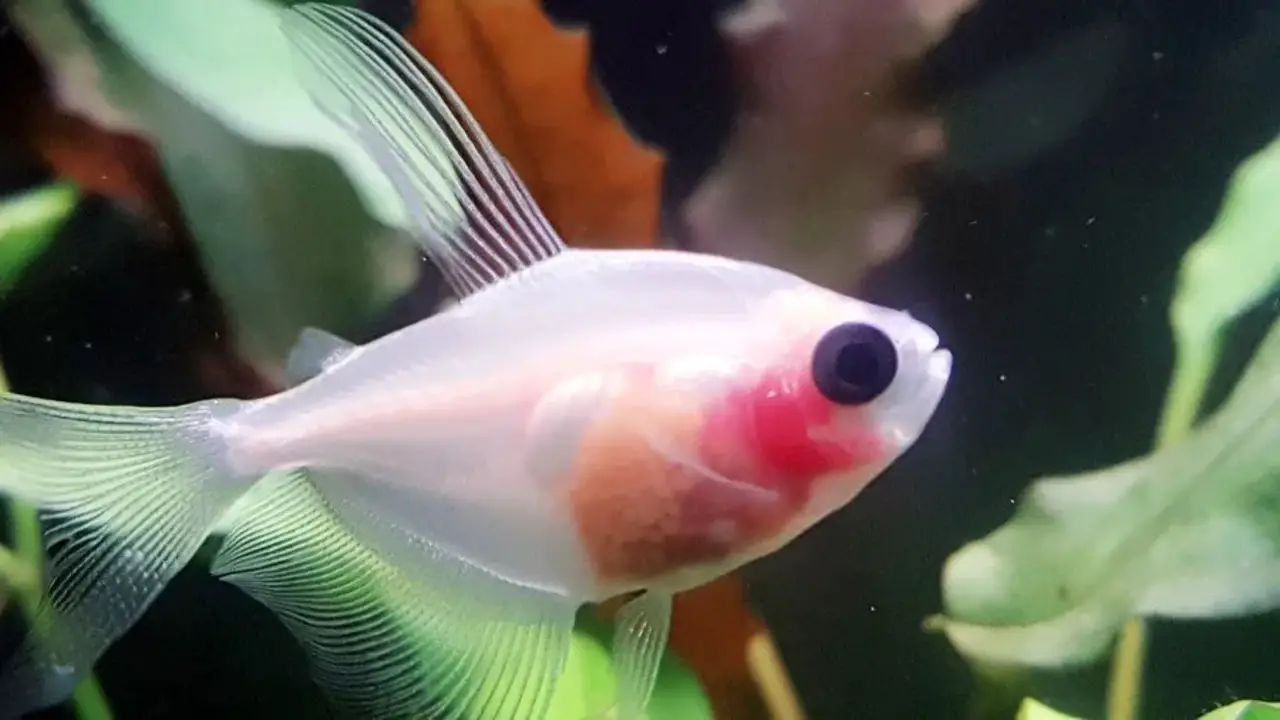
Breeding Gold-Skirt Tetras is a straightforward process that requires minimal effort. It is best done in pairs or groups with ample hiding spots. A separate breeding tank equipped with live plants and soft water creates an optimal environment for successful breeding.
After laying eggs, they should be carefully transferred to a separate container. Fry, the newly hatched offspring, demand special care and attention, including frequent feedings and clean water. By following these techniques, you can enjoy the rewarding experience of breeding Gold-Skirt Tetras.
Dealing With Potential Health Issues
Regular water changes are essential in maintaining a clean and optimal aquarium environment to ensure the health of your Gold-Skirt Tetras. Watch for common health problems such as fin rot or fungal infections. Quarantine new fish before introducing them to your tank to prevent disease transmission.
Overfeeding can lead to health issues like bloating, so be cautious. If you notice any concerning symptoms, consult a veterinarian or experienced aquarist. Remember, proactive care is key to keeping your Gold-Skirt Tetras thriving.
Are There Any Risks Associated With Artificially Dyed Fish?
The process of dyeing fish artificially can be detrimental to their health and result in shortened lifespans. This is because the dyeing process can damage their scales and stress them out, compromising their immune systems and making them more susceptible to diseases.
To ensure the well-being of your aquatic pets, it is recommended to choose naturally colored fish or opt for non-toxic plant-based dyes if you prefer colorful fish. Furthermore, providing your fish with a suitable environment that meets their needs and supports their health and growth is important. This includes maintaining proper water quality, temperature, and nutrition levels. Doing so can help your fish thrive and live long, healthy lives.
Conclusion
Mastering the art of caring for Gold-Skirt Tetras requires a comprehensive understanding of their unique characteristics, habitat requirements, and dietary needs. You can ensure their optimal health and well-being by providing a suitable environment, compatible tankmates, and a balanced diet.
Additionally, knowing how to differentiate between male and female Gold Skirt Tetras and implementing proper breeding techniques can enhance your experience with these beautiful fish. It is important to be aware of potential health issues and take prompt action if any concerns arise. Responsible fishkeeping involves providing the best care for your aquatic pets.
Frequently Asked Questions
What Is The Difference Between Gold Skirt And White Skirt Tetras?
There are a few key differences between gold skirt and white skirt tetras. Gold-skirt tetras have a golden yellow colour on their body and fins, while white-skirt tetras are mostly silver with a white or transparent tail. Gold-skirt tetras tend to be larger and more peaceful than the more active and sometimes aggressive white-skirt tetras. Although they differ, both species require similar care regarding aquarium conditions and social behaviour.
How Big Do Gold-Skirt Tetras Get?
Gold-skirt tetras typically reach a size of 2-3 inches in length. These active fish thrive when kept in schools, so providing a larger tank of at least 20 gallons is recommended. Maintaining water quality and a balanced diet will help them reach their full potential.
What Temperature Do Gold-Skirt Tetras Need?
Gold-skirt tetras thrive in water temperatures ranging from 72 to 82 degrees Fahrenheit. Maintaining a consistent temperature is important to prevent stress and illness in these fish. Use a heater and thermometer to regulate the aquarium water temperature, monitoring and adjusting it regularly for optimal health.
What Should I Know Before Purchasing A White Skirt Tetra?
Before purchasing a White Skirt Tetra, it’s important to know a few key points. These tetras thrive in groups of at least six and prefer a well-planted aquarium with hiding spots and open swimming areas. They are omnivores and require a varied diet, including flake, pellet, and live or frozen foods. Maintaining a tank water temperature between 72-79°F is crucial for optimal health.
Why Are Some White Skirt Tetras Modified To Be Colorful?
White Skirt Tetras are bred selectively, resulting in various color variations. This process involves introducing genes from other species or color mutations. Breeders aim for vibrant colors to enhance the fish’s aesthetic appeal. Selective breeding can take years or even decades to achieve the desired color variation.

Aquarium passion is all about connecting with the aquatic life and providing education to the public on the importance of these creatures. We showcase a wide variety of marine life through our exhibits as well as working with schools to provide unique learning opportunities for students of all ages.

